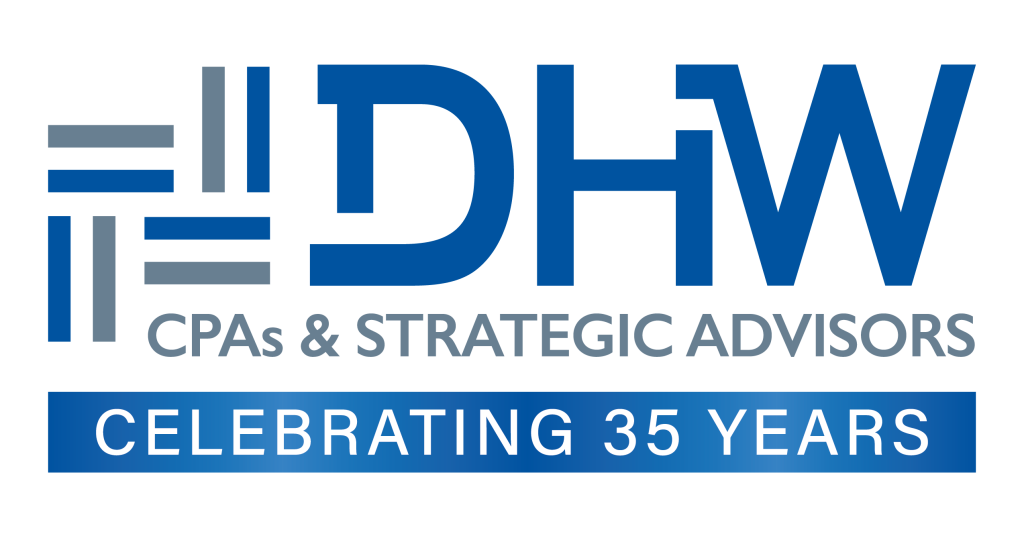As global trade dynamics continue to evolve, the restaurant industry in 2025 finds itself at the intersection of economic uncertainty and operational adaptation. Tariffs—government-imposed taxes on imported goods—are reshaping the way restaurants source ingredients, manage costs, and serve customers. From rising prices on imported staples to disruptions in supply chains and equipment procurement, the effects are both immediate and far-reaching. This article outlines ten key areas where tariffs are influencing restaurant operations and offers practical strategies to help businesses remain resilient and profitable in a shifting economic landscape.
Rising Costs of Imported Ingredients
Many restaurants rely on imported ingredients to maintain the authenticity and quality of their dishes. Tariffs on goods such as olive oil, cheese, seafood, and spices have led to significant cost increases, forcing operators to make difficult decisions. For example, a Mediterranean restaurant that sources olive oil and feta cheese from Europe sees a 25% increase in ingredient costs, leading to a 10% drop in profit margins. To address this, restaurants are sourcing domestic or regional alternatives without compromising quality, negotiating long-term contracts with suppliers to lock in prices, adjusting menu pricing and portion sizes to reflect increased costs, and educating customers about sourcing changes to maintain transparency.
Packaging and Beverage Container Inflation
Tariffs on aluminum and plastics have driven up the cost of beverage containers and takeout packaging. This is particularly challenging for fast-casual and delivery-heavy concepts. A burger chain, for instance, sees a 15% increase in packaging costs, impacting the profitability of its popular combo meals. In response, restaurants are switching to reusable or compostable packaging where feasible, buying packaging in bulk to reduce per-unit costs, encouraging dine-in options to reduce packaging use, and partnering with local suppliers to reduce shipping and tariff exposure.
Equipment and Renovation Budget Overruns
Tariffs on steel, aluminum, and electronics have increased the cost of kitchen equipment and renovation materials. Restaurants planning upgrades or expansions are facing budget overruns. A multi-unit operator, for example, delays a kitchen remodel after equipment quotes come in 30% higher than expected due to tariff-related surcharges. Solutions include purchasing used or refurbished equipment from domestic sources, delaying non-essential renovations until market conditions stabilize, working with vendors to secure fixed-price contracts, and exploring leasing options to spread out capital expenditures.
Produce Supply Chain Disruptions
Tariffs on produce from countries like Mexico and Canada have disrupted supply chains, leading to shortages and price volatility. Restaurants that rely on fresh produce are especially vulnerable. A taco restaurant experiences a 40% increase in avocado prices, forcing them to temporarily remove guacamole from the menu. To mitigate this, restaurants are diversifying produce sourcing across multiple regions and vendors, using frozen or preserved alternatives during peak tariff periods, adjusting menus seasonally to align with available produce, and building stronger relationships with local farms and co-ops.
Imported Alcohol Price Spikes
Tariffs on imported wines, beers, and spirits have increased bar costs, affecting both pricing and customer satisfaction. A wine bar sees a 35% increase in the cost of French and Italian wines, leading to reduced sales and customer complaints. Restaurants are responding by expanding domestic wine and spirit offerings, introducing wine flights to promote lesser-known, lower-cost options, offering cocktail specials using local ingredients, and educating staff to upsell alternatives with confidence.
Menu Engineering and Profitability Challenges
Fluctuating ingredient costs due to tariffs make it difficult to maintain consistent pricing and profitability. Operators must constantly reassess their menu strategy. For example, a gastropub’s signature truffle fries become unprofitable due to a 50% increase in imported truffle oil costs. To adapt, restaurants are conducting monthly menu cost analysis and adjusting pricing accordingly, using menu engineering to highlight high-margin items, introducing limited-time offers to test new pricing models, and training staff to promote profitable dishes.
Consumer Spending Slowdown
Tariffs contribute to overall inflation, reducing consumers’ discretionary income. This leads to fewer restaurant visits and lower average checks. A family that used to dine out twice a week now limits outings to once a week due to rising grocery and gas prices. Restaurants are countering this trend by offering value meals and family bundles to attract budget-conscious diners, implementing loyalty programs to retain frequent customers, promoting takeout and delivery specials, and emphasizing quality and experience to justify pricing.
Vendor Contract Volatility
Vendors may pass tariff-related costs onto restaurants mid-contract, creating budgeting challenges and straining relationships. A supplier, for instance, adds a 12% surcharge on imported cheese without prior notice, disrupting the restaurant’s cost projections. To manage this, restaurants are reviewing contracts for clauses related to price adjustments, negotiating fixed pricing or caps on increases, maintaining relationships with multiple vendors to ensure flexibility, and including tariff clauses in future agreements.
Administrative and Accounting Complexity
Tracking tariff-related cost changes adds complexity to accounting, inventory management, and tax planning. A multi-unit operator struggles to reconcile fluctuating ingredient costs across locations, leading to inconsistent reporting. Solutions include using inventory software with real-time cost tracking, assigning a team member to monitor tariff-related changes, working with a CPA to adjust tax planning and reporting, and standardizing reporting procedures across locations.
Strategic Planning Uncertainty
Tariff policies can change rapidly, making it difficult for restaurant owners to plan for the future with confidence. A restaurant delays opening a second location due to uncertainty around equipment and construction costs. To navigate this, restaurants are building contingency plans into budgets and forecasts, staying informed through industry associations and trade publications, focusing on operational efficiency and cash reserves, and engaging legal and financial advisors for scenario planning.
Conclusion
Tariffs are reshaping the economic landscape for restaurants in 2025. While many of these changes are beyond an operator’s control, proactive planning and strategic adaptation can mitigate their impact. By reassessing sourcing, renegotiating contracts, and optimizing operations, restaurant owners can remain resilient and uncover new opportunities in a challenging environment. Staying informed and agile will be key to navigating the tariff terrain successfully.

